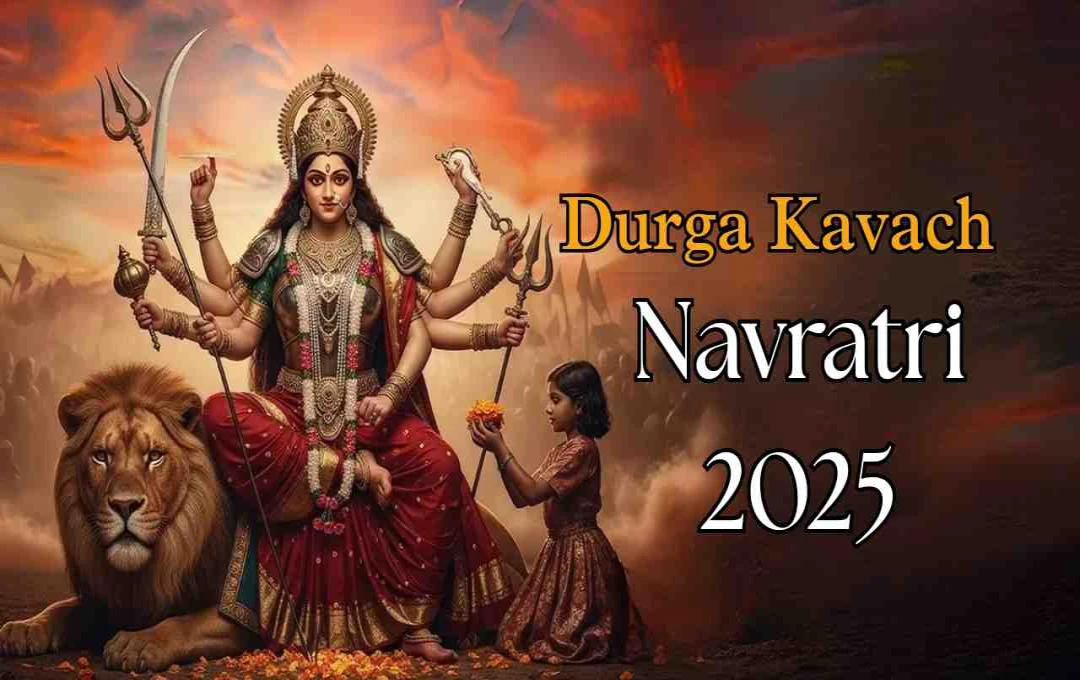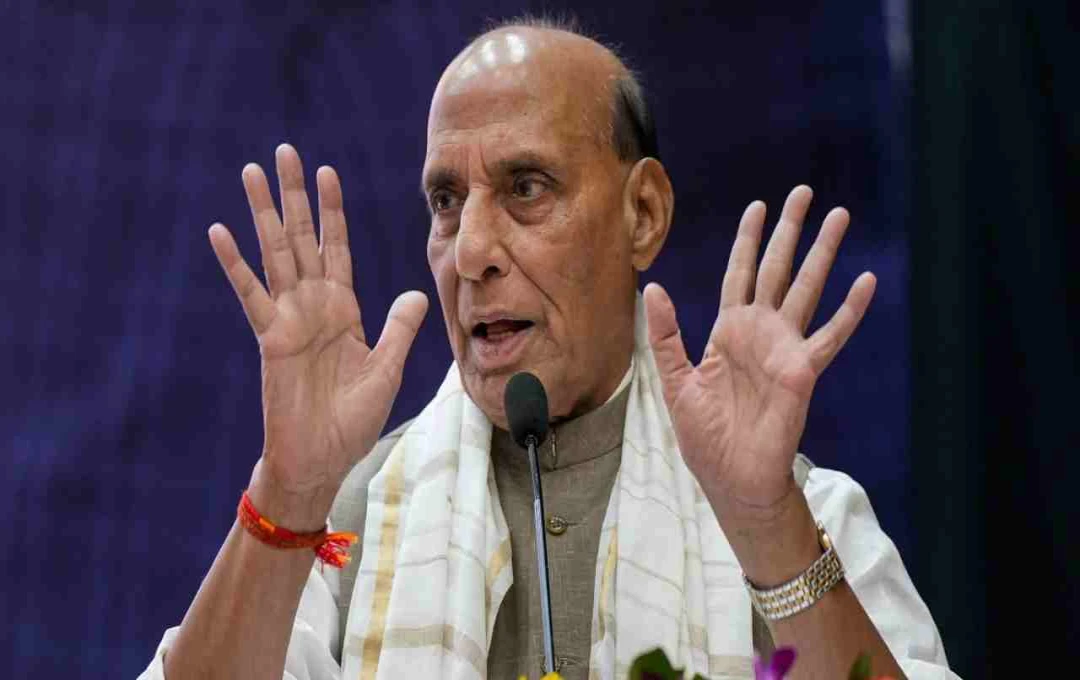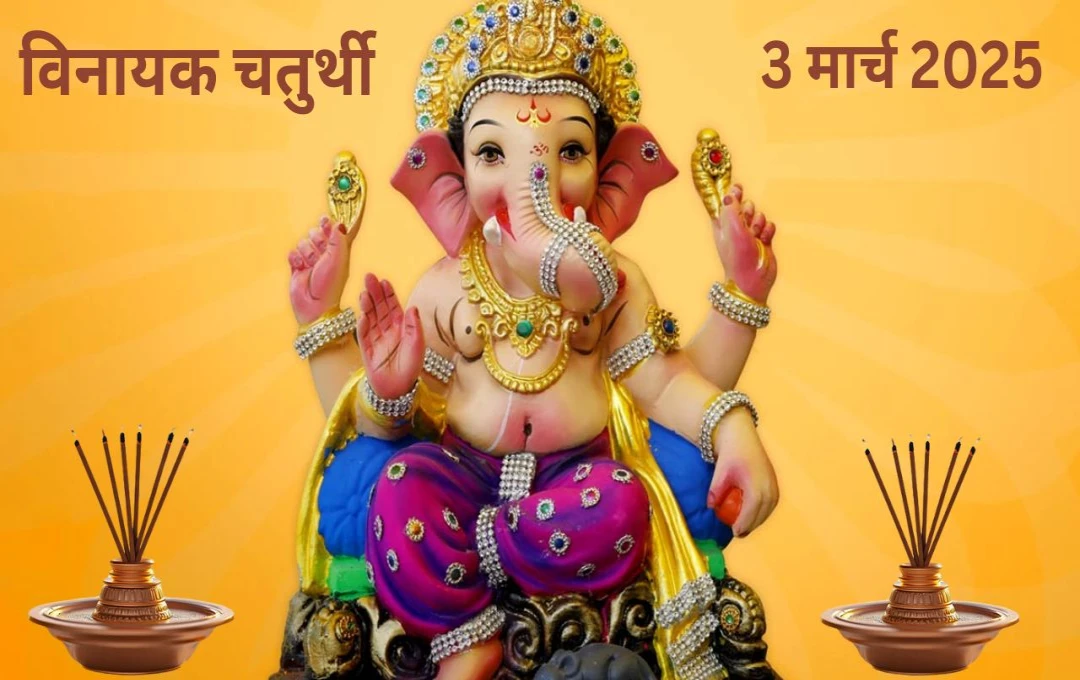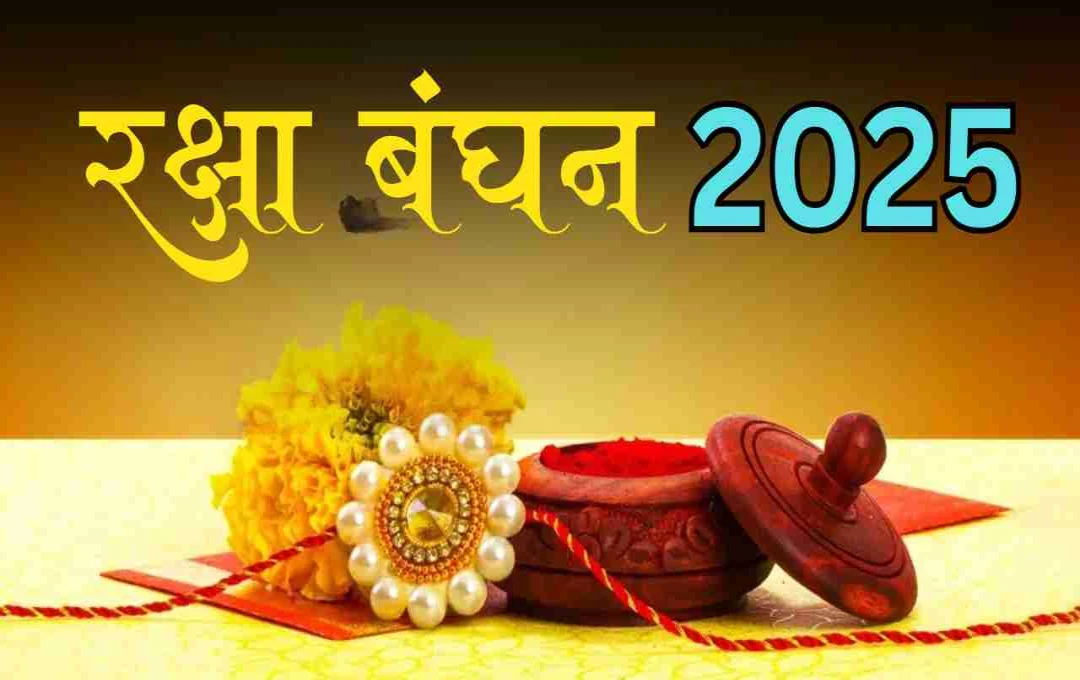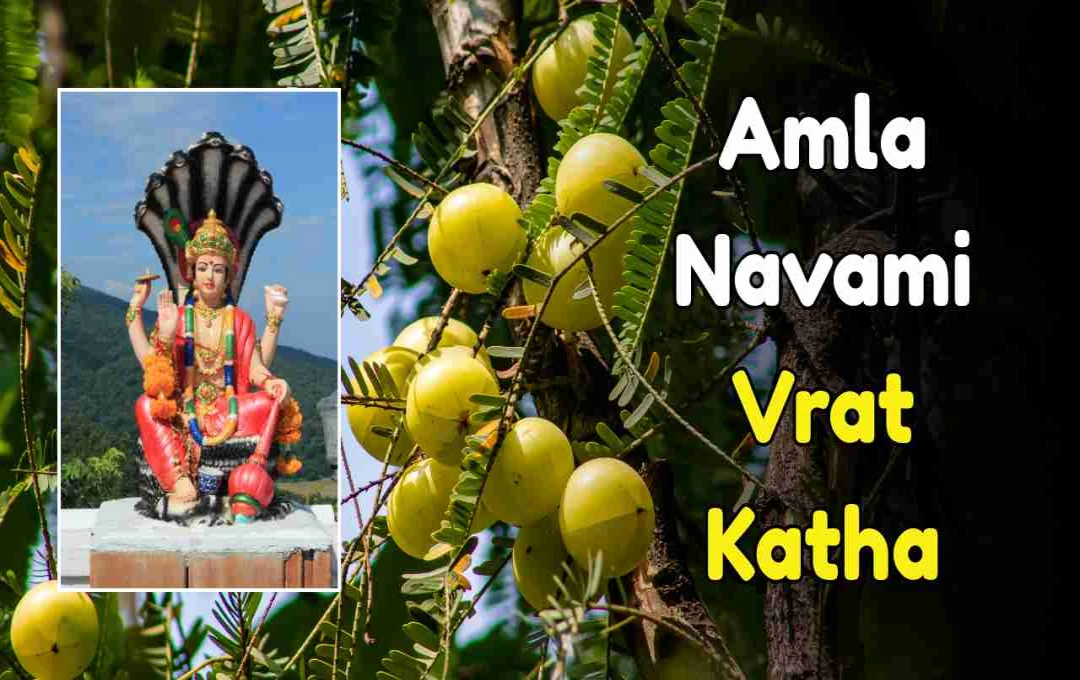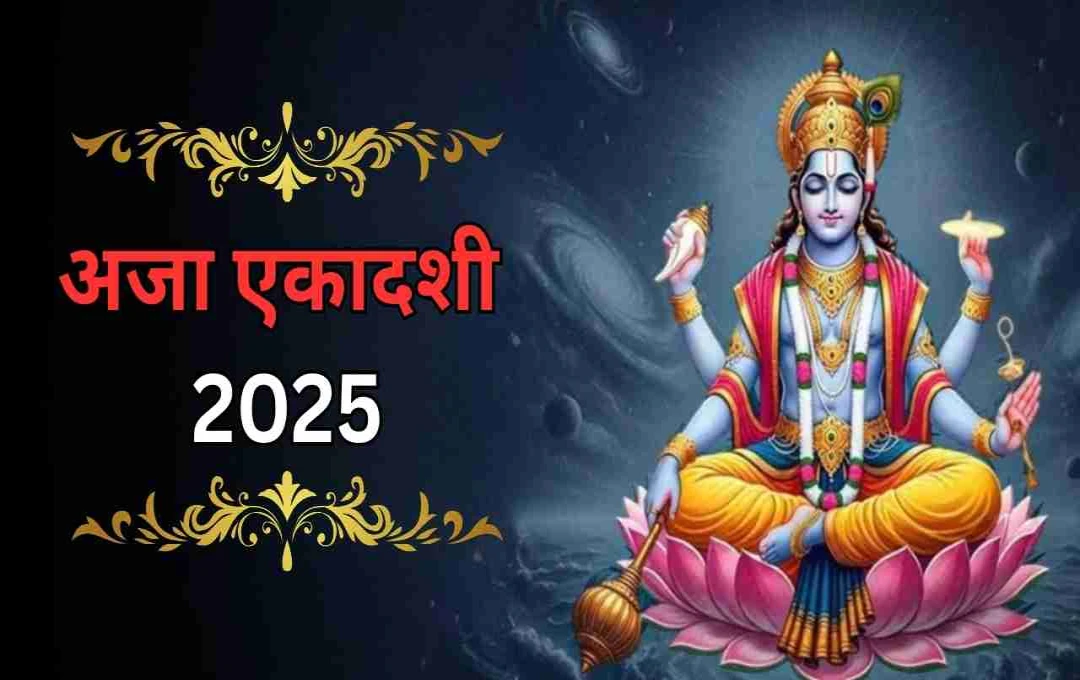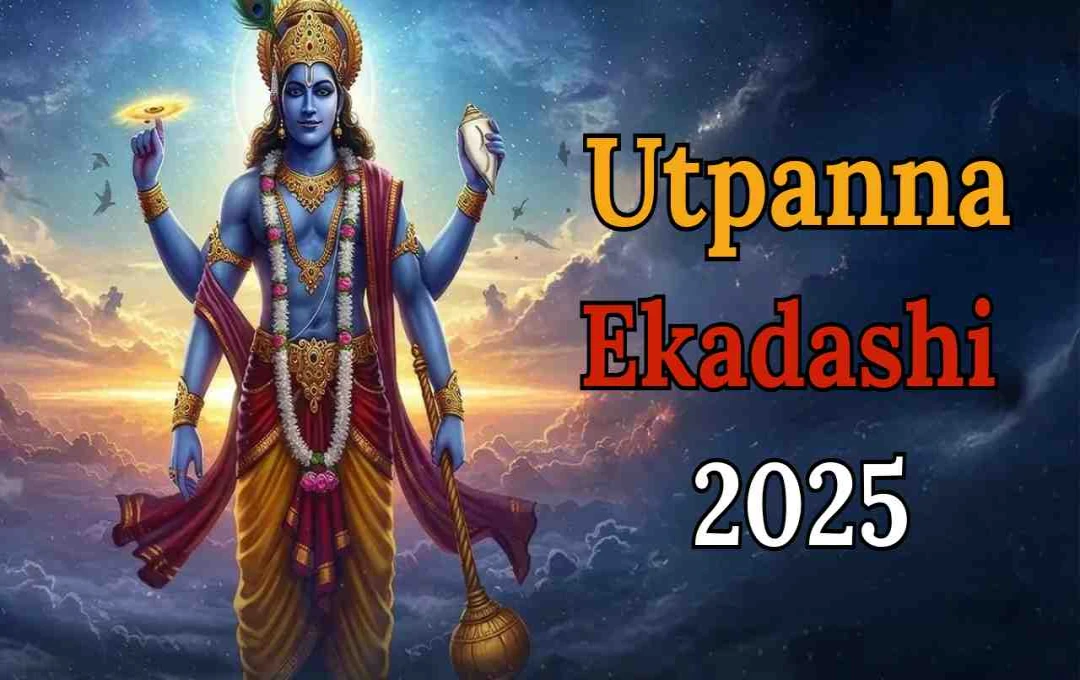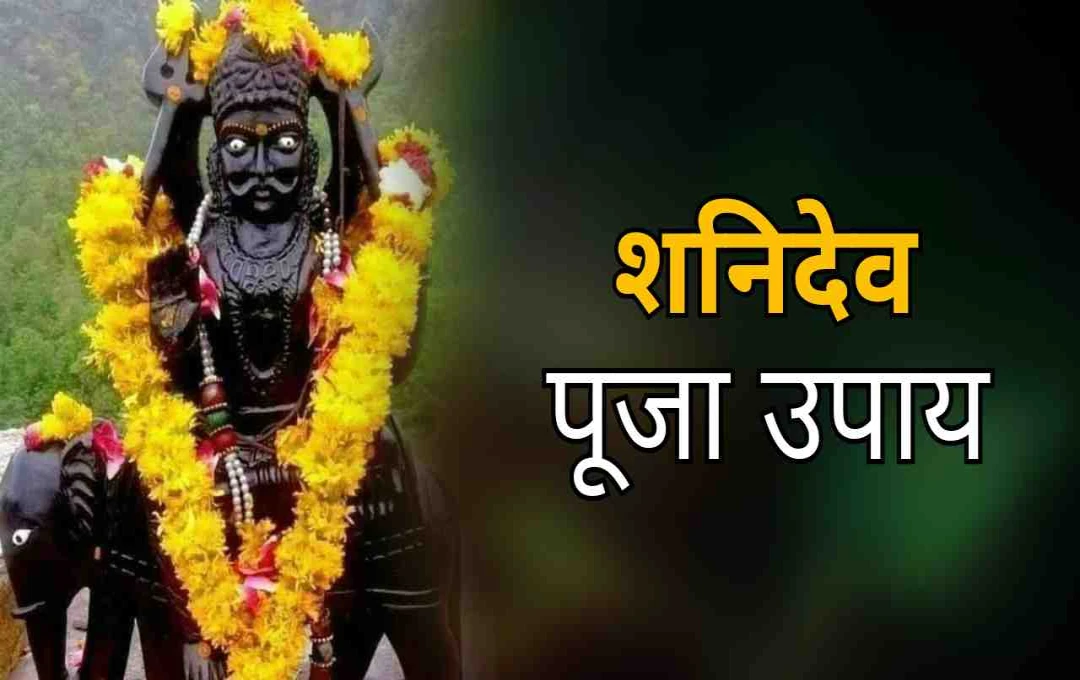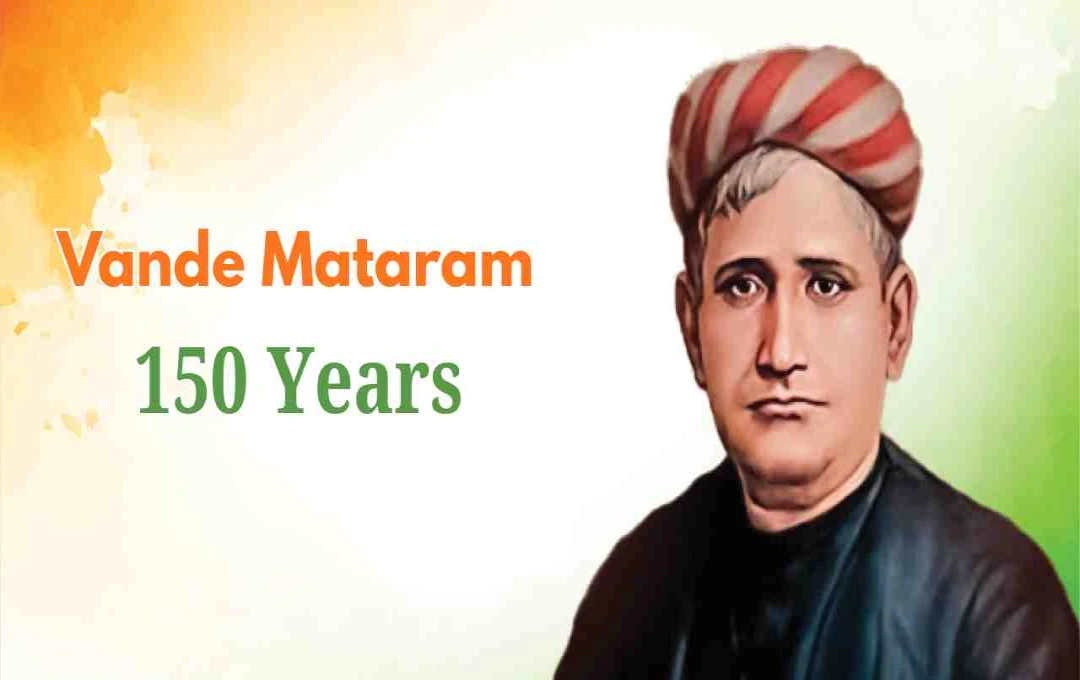During Navratri, Durga Kavach holds special significance in the worship of Maa Durga. This part of Durga Saptashati is believed to provide self-strength, courage, and mental peace to devotees. When recited regularly, this invisible shield helps protect the devotee from crises, fear, and negative energy.
Durga Kavach: Across the country, during Navratri, the worship of Maa Durga and the recitation of Durga Kavach are being performed with devotion. This important part of Durga Saptashati holds a unique place in the worship of Shakti (divine power). Religious belief suggests that reciting it with faith and regularity brings self-strength, courage, mental peace, and prosperity into life. This Kavach, which invokes the nine forms of Goddess Durga, provides protection to the devotee from crises and fear.
What is Durga Kavach?
Durga Kavach is considered an invisible shield of protection from Goddess Durga. This Kavach is believed to protect devotees from negative energies, fear, and calamities. In the Puranas and scriptures, it is described by the name 'Devyah Kavacham'. By invoking the various forms of the Goddess, the devotee feels safe and empowered.
Special Place in Shakti Worship
In Hinduism, the worship of Shakti holds great importance. Durga Saptashati, described in the Markandeya Purana, provides a detailed mention of the three forms of the Goddess – Mahakali, Mahalakshmi, and Mahasaraswati –. Durga Kavach is an initial and significant part of this very Saptashati. It is recited to receive the grace of the Goddess and to make spiritual practices successful.
Traditional Form of the Kavach
Durga Kavach is composed in Sanskrit. It begins with 'Ath Shri Devyah Kavacham'. It narrates the story of Brahma explaining the Goddess's shield to Markandeya. The Kavach elaborately describes the Navadurga, who have nine forms. In it, each form of the Goddess is invoked for the protection of different body parts and directions.
For example, it states that Indrani should protect the East direction, Agni Devata the Southeast (Agni) direction, Varahi the South direction, and Khadgadharini the Southwest (Nairutya) direction. In this way, blessings for protection from the forms of the Goddess are sought for the entire body and all directions.
Special Significance during Navratri
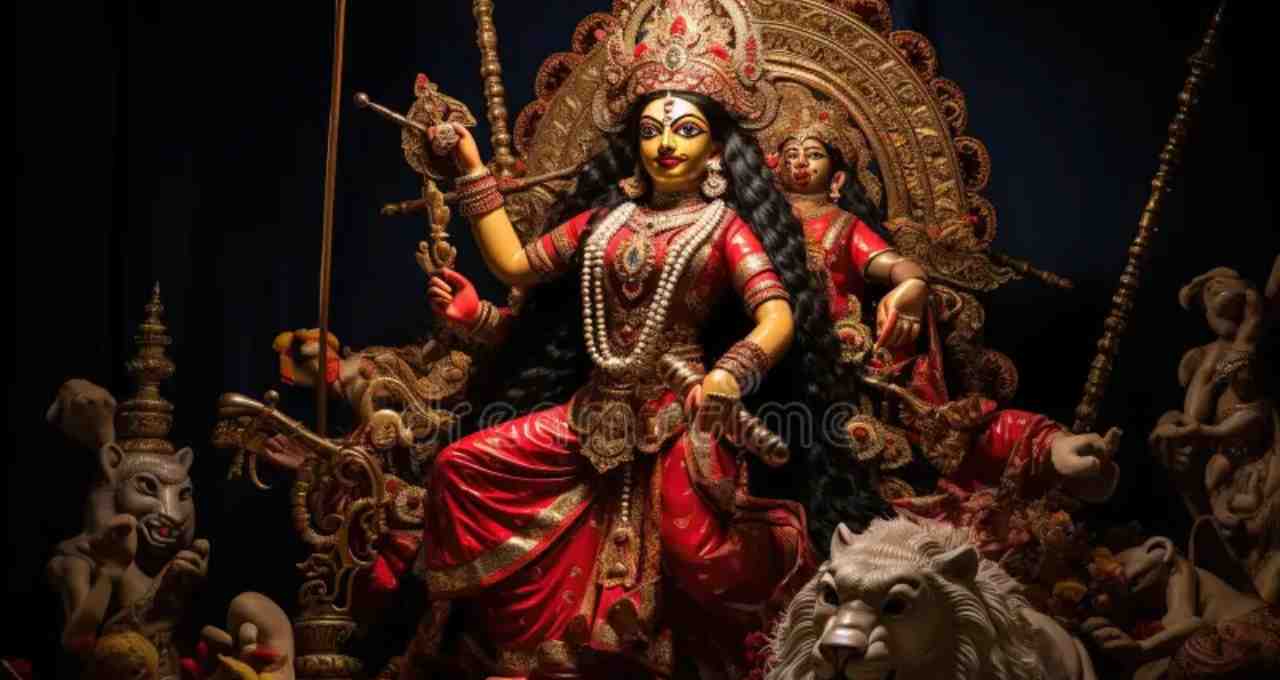
During Navratri, the recitation of Durga Kavach is considered particularly fruitful. Devotees bathe in the morning, wear clean clothes, light a lamp and incense in front of the idol or picture of the Goddess, and then recite the Kavach. It is believed that this grants the immense grace of Maa Durga and removes life's crises.
Mental Peace and Self-Confidence
Religious texts mention that regular recitation of Durga Kavach makes the devotee's mind stable and positive. It not only helps in removing fears and insecurities but also boosts self-confidence. The forms of the Goddess and their powers described in it make an individual feel capable of facing any situation.
Popular Faith and Tradition
The tradition of Durga Kavach is vibrant from rural India to its cities. Group recitations are organized in temples. Many people also read it regularly at home. It is considered not merely a religious ritual but a spiritual practice.
Scientific Perspective
In recent years, several scholars have tried to explain that practices like chanting and meditation are beneficial for mental health. The sound and rhythm of mantras can have a positive effect on the brain. The recitation of Durga Kavach also provides mental peace and concentration from this perspective.
The Message of Durga Kavach
Durga Kavach is not merely a symbol of protection, but also a symbol of strength, courage, and self-confidence. It teaches the devotee to maintain patience and faith during times of difficulty. By mentioning the various forms of the Goddess in its verses, it conveys that divine power accompanies one in every aspect of life.
Features of the Kavach's Verses
In the Kavach, the Goddess is addressed by various names and forms. The names of these Navadurga – Shailputri, Brahmacharini, Chandraghanta, Kushmanda, Skandamata, Katyayani, Kalaratri, Mahagauri, and Siddhidatri – appear in the Kavach. By reciting these names, the devotee invites all forms of the Goddess into their life.
Spirituality and Modern Life
In a fast-paced lifestyle, stress and anxiety are increasing. In such times, dedicating time to meditation and prayer helps maintain mental balance. The recitation of Durga Kavach also provides spiritual foundation and mental energy to people in this context.
Devotees' Opinions
Many devotees share that regular recitation of Durga Kavach has increased their self-strength and enhanced their ability to face difficult situations in life. Temple priests and saints also specifically recommend reciting it during Navratri.
Rules for Recitation
According to religious scholars, reciting Durga Kavach in the morning or evening is considered ideal. Sitting in a clean place and a calm environment while reciting yields greater benefits. Reciting with faith and devotion is considered most important.
Spiritual and Social Connection
During Navratri, the Durga Kavach is recited collectively in many places. This not only deepens religious faith but also strengthens social unity. People come together to worship Maa Durga and share the experience of collective devotion.
